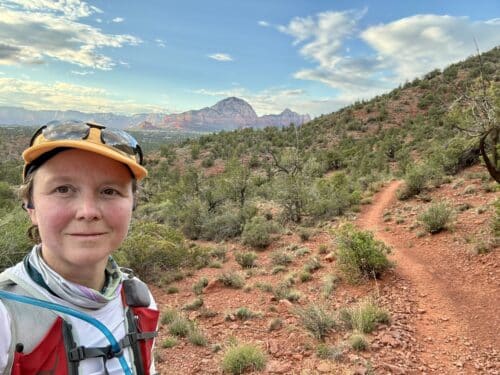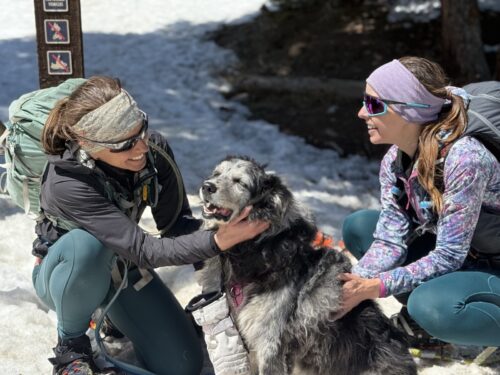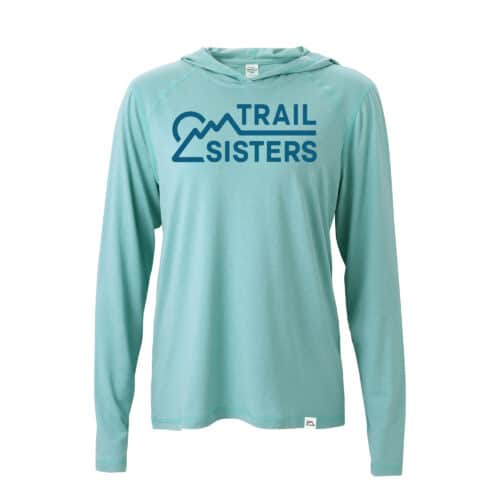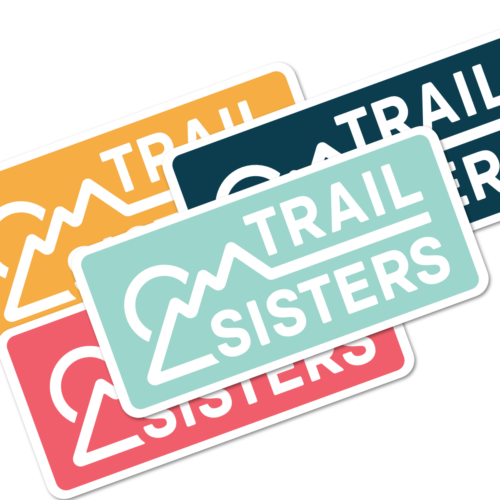Main Menu
Tips for the Trails: The Essentials to Staying Safe When You Lace Up

Meg grew up in a family that was both medical and athletic, so health and fitness are in her blood. She is a runner, yoga teacher, retired women’s health nurse, and will certify as a personal trainer with NASM in late 2020. She teaches her clients to approach health and fitness as a celebration of the human body. Meg is a lifelong athlete and she’s looking forward to realizing a decades-long dream when she begins the next chapter as a personal trainer.
Meg lives in Boise, Idaho with her husband Gustav. They have two high energy dogs and two higher energy boys that all love the outdoors. Her 7-year-old son has taken to trail running with her, and he’s harder to keep up with than she expected! She is a passionate feminist, activist, reader, and writer.
Share This Article!
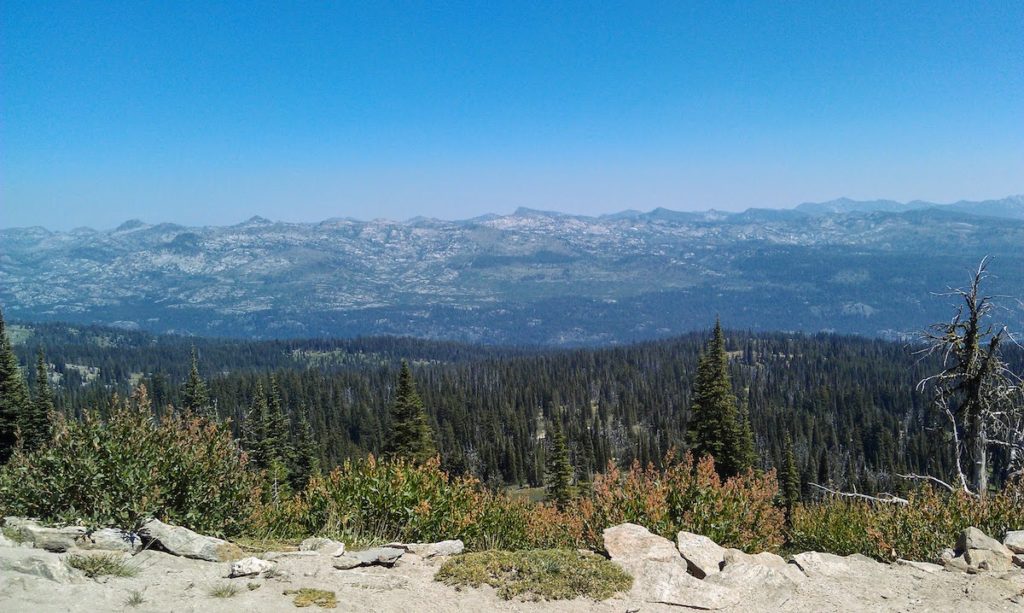

By: Megan Neve
Equip and empower yourself to get the most out of your training.
Trail runners live by John Muir’s adage, “Of all the paths you take in life, make sure a few of them are dirt.” We can’t resist the fun of discovery or unique challenges of this wilderness sport, but a run on the trails is a far cry from a jog around the neighborhood so being prepared is imperative. No sport is risk-free, but outdoor sports that take place in the relative or actual wild demand intentional safety preparations. Wild animals, inclement weather, and injury can get us into sticky situations quickly, however the least likely but most potent safety risk on the trails is other humans.
The #metoo movement showed us definitively that attacks on women happen much more frequently than the general population realized. Not convinced? Check out the statistics, and that will sober you right up. One in three women-identifying people will experience sexual assault in their lifetimes. It’s a big deal. As a community of women at Trail Sisters, we have a responsibility to protect and empower each other so that our sisters are as safe and successful as possible while they train. So what can we do to protect ourselves while crushing the trails?
Intuition
Albert Einstein once observed, “The intuitive mind is a sacred gift, and the rational mind is a faithful servant. We have created a society that honors the servant and has forgotten the gift.” Gut instinct is our #1 most effective tool on the trails, and we just do not give it enough credit. I believe that motivational speaker Dr. Joe Dispenza was on point when he taught that intuitive thoughts are a signal to us that there is more to a situation than we are consciously aware of and that it’s time to pay closer attention. To ignore this quirk of human intellect is both a waste of the gift and a risk to our safety.
Our intuition calls our attention in subtle ways and putting it to use requires awareness. If something feels off, then it probably is, and that split second hesitation could make the difference. Flexibility is essential here: finish your run if possible, but it may have to look different than planned if changing course will keep you out of trouble. No matter what the situation looks like, if it feels wrong then it probably is wrong. Being stubborn about our workout just isn’t worth the risk, especially if something has caused you to hesitate. Trust yourself.
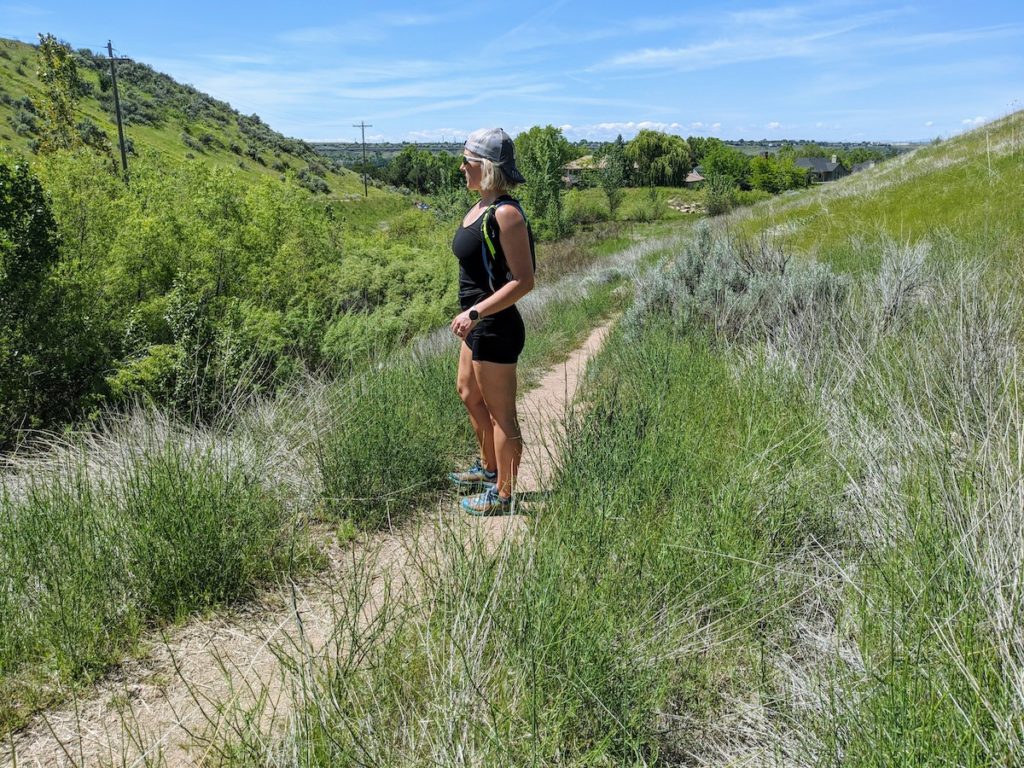
Our intuition functions as our offense, continuously and subconsciously scanning our environment so that potential threats do not become actual threats. Offense is only half of the game though so having a backup plan is imperative. The fact that trail running tends to take us out of the public eye can make us an easier target than a woman working out in public. Life teaches us that shit just happens, so being prepared is our best bet to minimize potential damage.
Tools
A quick Google search provides thousands of effective tools that can be used in the event of an attack. Hand held deterrents like pepper sprays, striking and stunning devices are convenient and effective (if you’re going to invest in a stunning device, please be sure to check local laws as they aren’t all legal everywhere). There are also defense rings, knuckle guards, and spikes that can be laced into your shoes that make for a hell of a kick. Whistles, body alarms, and lights/reflectors are smart ideas too because being visible and heard can save your hide in many different circumstances. One of the most useful tools for worst-case-scenario on the trails is a GPS-enabled smart watch. We love these watches because they track our distance, splits, elevation gains, and more; sheriff offices love GPS watches because they have revolutionized missing person searches, making it much less likely that a missing person stays missing. Our smart phones also have quick access to emergency services, so make sure you know how to activate it.
Skills
Unfortunately, all women should have a basic understanding of defensive skills, whether trail runner or not. Knowing how to respond in a dangerous situation can be life-saving, so an investment in a defense class is well worth the effort. My favorite company for classes and products is Damsel in Defense (I am not affiliated with them). If signing up for a class is cost or time prohibitive for you, consider YouTube, where you can access free videos that teach self-defense concepts, and a theoretical understanding is absolutely better than nothing.
Companions
It may not be possible every time, but the risk of attack is much lower if you’re not alone while training. Friendship is a powerfully positive influence on our mental health too, so take a friend, reap the benefits, and stay safe together. Find a running buddy or join a local group; being a part of a community of runners (like your local Trail Sisters chapter, for instance!) ensures that there will usually be at least one other person that wants to go for a run the same time that you do. Another great running companion is (wo)man’s best friend, and taking your dog on your run does more than burn off their excess energy. Studies show that dogs are an especially effective deterrent because it’s likely to attack if their owner is being threatened. Dogs’ senses are far more powerful than a human’s, and they will have detected the presence of other people long before we have, so dogs work hard for us on both offense and defense. Your pooch will need a little training and conditioning, and a waist leash is a good investment, but otherwise running with your dog can be a lot of fun. If you can’t find a buddy or dog to run with, then at least let a trusted person know that you’re out running, where you’re going, and when you plan to finish.
Tips
Consider leaving headphones at home, because it shows potential attackers that we will not hear them and that our mind is not focused on our environment, making us much easier to catch off guard. If you post your runs to social media, don’t geo-tag your location or wait until afterward when you’re no longer in that specific place. If you see an unknown person on the trail that wants to talk to you, stop 10 feet short to see what they need. If a stranger appears to need help, do what you can while keeping a distance, or at least don’t turn away from them if you’re going to get closer. When passing people, give a wide berth if possible. Look up the trail and pay attention to who is coming towards you and regularly check the rearview. Give your intuition as much information as possible and be aware.
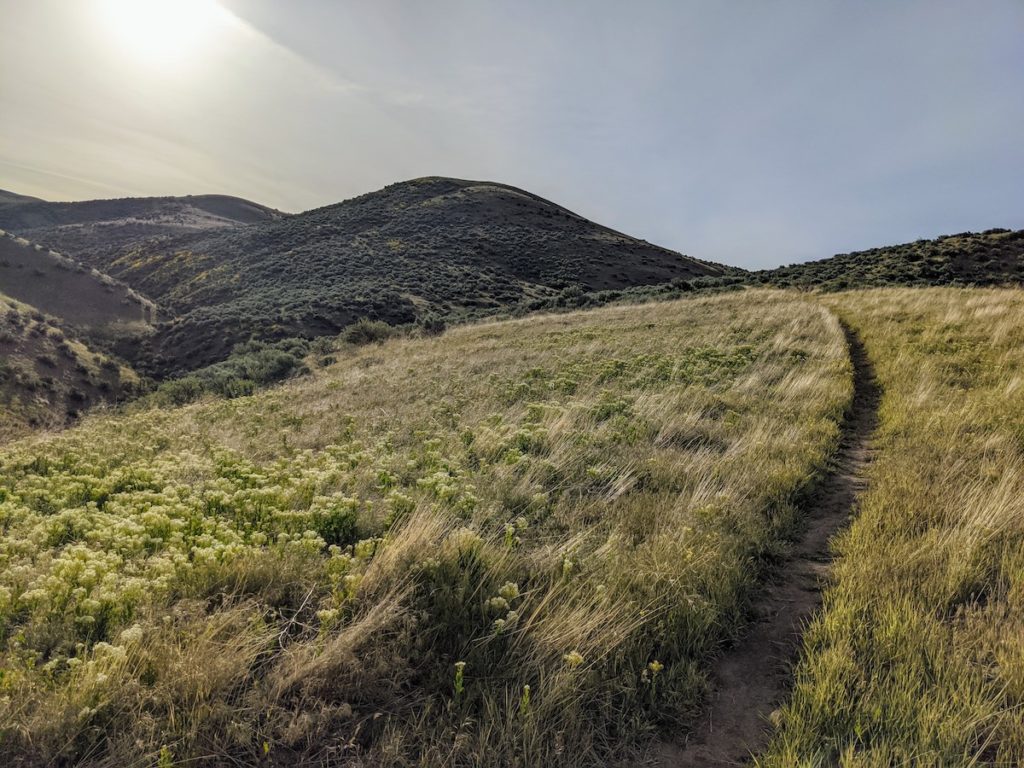
Trail running is nothing short of awesome. It beats the hell out of the monotony of road running, reconnects us with nature, strengthens our muscles, improves balance, and makes us happier and more efficient runners. Being focused on our training shouldn’t keep us from respecting the unlikely but potential risk of harm at the hands of fellow humans. We all deserve to get some mud on the tires without fear of others and I genuinely hope that none of us ever need these skills, but “better safe than sorry” is the smartest thing we can do while practicing our sport. What trail safety boils down to is common sense: stay visible, have back up, and pay attention. If fear of harm has scared you out of your boots, then take action. Empower yourself with preparedness so that you can set apprehensions aside and enjoy your time in the dirt even more than before! So pick a few ways to stay safe, then get after it.
About the Author

Meg grew up in a family that was both medical and athletic, so health and fitness are in her blood. She is a runner, yoga teacher, retired women’s health nurse, and will certify as a personal trainer with NASM in late 2020. She teaches her clients to approach health and fitness as a celebration of the human body. Meg is a lifelong athlete and she’s looking forward to realizing a decades-long dream when she begins the next chapter as a personal trainer.
Meg lives in Boise, Idaho with her husband Gustav. They have two high energy dogs and two higher energy boys that all love the outdoors. Her 7-year-old son has taken to trail running with her, and he’s harder to keep up with than she expected! She is a passionate feminist, activist, reader, and writer.
Share This Article!


